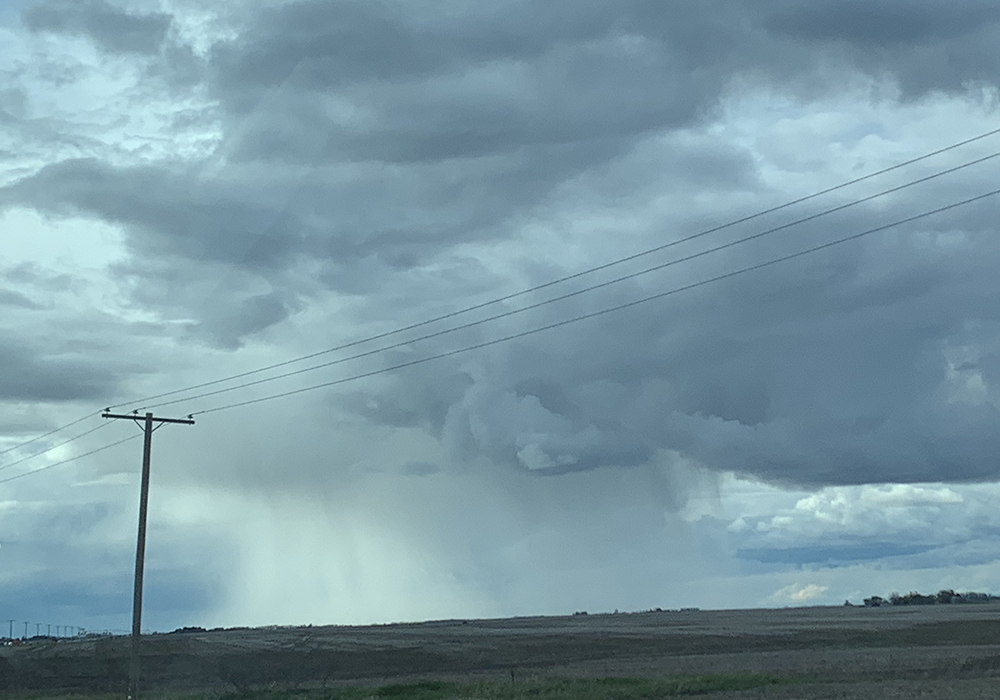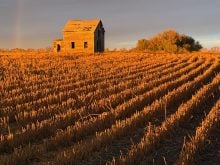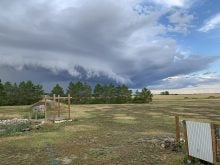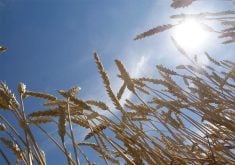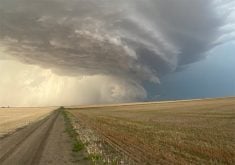As we work toward the start of summer, an ugly weather term has popped up — upper-level low. The coolish unsettled weather is the result of a large, elongated upper low sitting over much of the Prairies.
I cringe whenever I hear mention of an upper-level low or a cut-off low. Unless you are in a drought and praying for rain, upper-level lows are never a good thing. They are usually tough to forecast because they tend to move very slowly and because of that they can stick around for days or even weeks.
The slow movement can result in plenty of chances for rain. Sometimes we will see widespread rains, while other times the rain will come in the form of scattered showers or even thundershowers. With the current upper low influencing much of the weather pattern across the Prairies, it looks as if it will bring a mixed bag of showers, rain and partly cloudy skies as several surface lows get caught up and wrap around the upper low.
Read Also
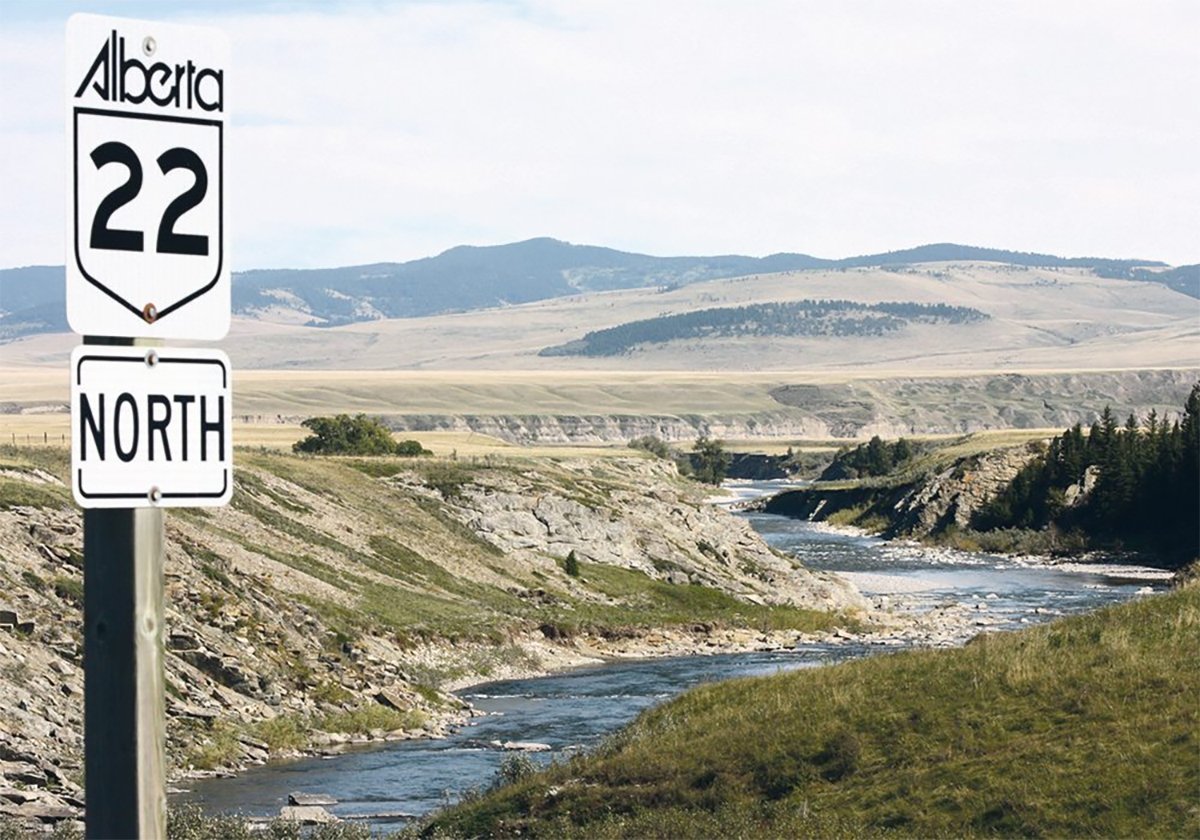
New coal mine proposal met with old concerns
A smaller version of the previously rejected Grassy Mountain coal mine project in Crowsnest Pass is back on the table, and the Livingstone Landowners Group continues to voice concerns about the environmental risks.
What causes them? Upper-level lows are often associated, at least at first, with strong surface lows, which can form for several reasons. Most form along the boundary between two different air masses and are associated with the jet stream.
You might recall that areas of low pressure tend to form in the turbulent flow along the edges of the jet stream. This is kind of like watching eddies form in the water when two different currents meet. If these eddies or lows stay along the edge of the two currents or jet stream, they tend to move along quickly.
Occasionally these features can break away, and when they do, tend to meander until they either slowly weaken or get caught up in the main current again and quickly move away.
Usually, the jet stream flows in a gentle, wavy pattern. Sometimes we see extreme loops develop in the jet stream, creating strong ridges of high and troughs of low pressure. As these ridges and troughs strengthen, cold air in the upper atmosphere gets pulled into the low, creating a pool of cold air above.
This helps reduce the height of the atmosphere over that region, which lowers the pressure in the upper atmosphere, creating an upper low. Upper lows in themselves are not unusual but it is unusual if they break away and become cut-off lows.
If the jet stream is strong enough, or the curving around the area of low pressure becomes very exaggerated, the upper low can break away from the main flow of the jet stream. Once this happens, the upper low does not have any strong steering currents and tends to meander.
In late spring and summer, because these upper lows are pools of cold air in the upper atmosphere, we tend to see a lot of showers and thunderstorms develop. During the day, the sun warms the surface area under these lows. The warming air then starts to rise and as it does, it finds a cold atmosphere around it. This allows the air to continue to rise, creating showers and thunderstorms, usually by mid to late afternoon.
These showers and storms tend to weaken overnight, only for the whole cycle to begin again the next day. So, with upper-level lows, we will usually see a bright, sunny start to the day. Then clouds develop by late morning, with showers or thundershowers in the afternoon. These stick around until early evening, and we begin to see the skies clear.
Typically, we only see one or two of these cut-off lows affect our region, so hopefully this one will be the only one we see this summer.
Daniel Bezte is a teacher by profession with a BA in geography, specializing in climatology, from the University of Winnipeg. He operates a computerized weather station near Birds Hill Park, Man. Contact him at dmgbezte@gmail.com.




